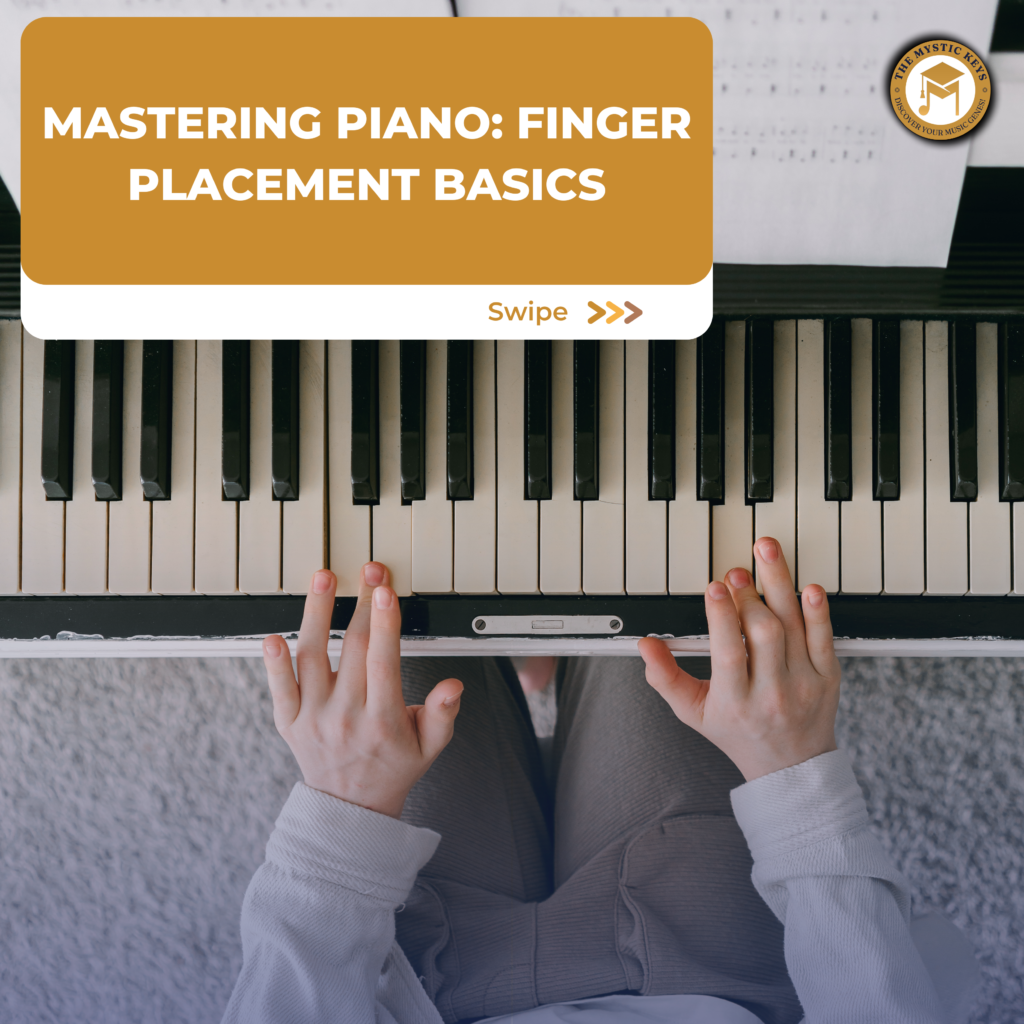Mastering Piano - Finger Placement Basics from The Mystic Keys
At The Mystic Keys, we emphasize the importance of proper finger placement as the foundation for any pianist’s journey. Whether you’re just starting or refining your technique, mastering finger placement will not only improve your speed and precision but also prevent strain and fatigue. In this blog, we’ll walk you through the basics of piano finger placement, guiding you toward more fluid and effortless playing.
1. Why Finger Placement Matters
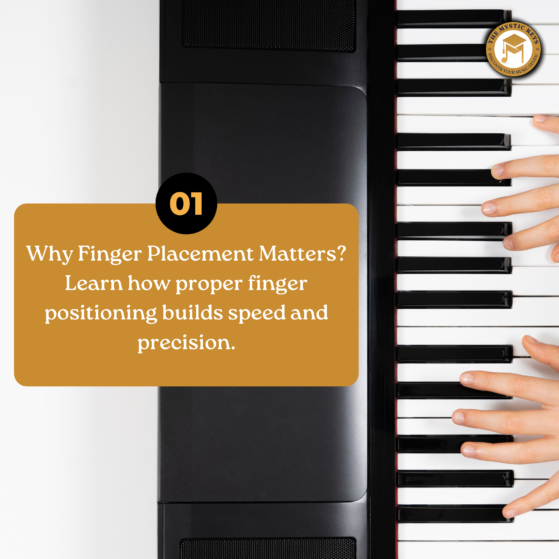
Proper finger placement is crucial for building speed, accuracy, and comfort at the piano. By positioning your fingers correctly, you’ll be able to:
Play with greater ease and efficiency.
Transition smoothly between notes.
Minimize hand strain during longer sessions.
At The Mystic Keys, we always teach our students to focus on correct finger positioning from the start. This sets the stage for more advanced techniques and allows for faster learning as you progress.
2. Numbering Your Fingers
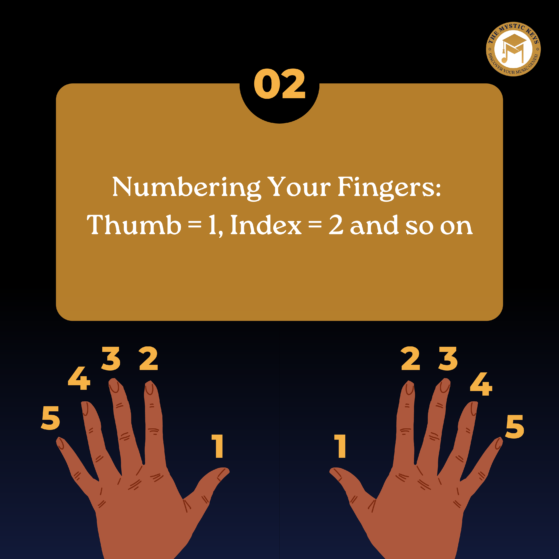
Before you can master finger placement, it’s important to understand how your fingers are numbered in piano playing:
Thumb = 1
Index finger = 2
Middle finger = 3
Ring finger = 4
Pinky finger = 5
This numbering system is used to indicate which finger to place on specific keys when reading sheet music or learning scales. The visual below shows how each finger corresponds to the keys on the piano.
3. Home Position on Middle C
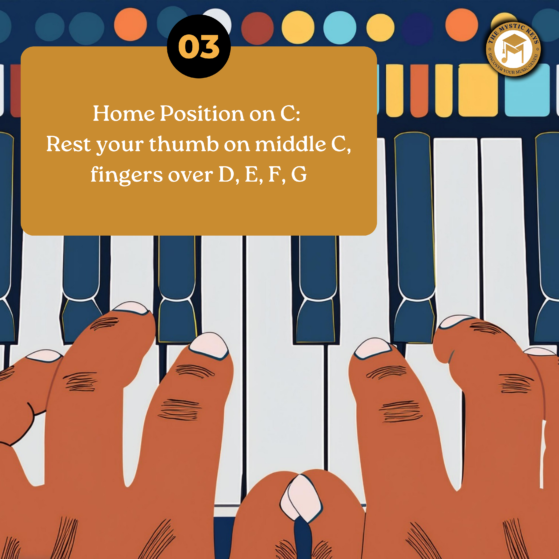
To start, familiarize yourself with the home position. In this position:
Rest your thumb (1) on middle C.
Place your index (2), middle (3), ring (4), and pinky (5) fingers over the D, E, F, and G keys, respectively.
This is the foundational starting point for most beginner pieces. Getting comfortable with this position will make transitioning to other parts of the keyboard easier as you progress.
At The Mystic Keys, we guide students in perfecting this position to ensure they can play more complex patterns effortlessly later on.
4. Tip – Keep Your Fingers Curved

One of the essential tips for good finger placement is to keep your fingers curved. This naturally positions your hand in a way that promotes fluid movement across the keys. Curved fingers help you:
Maintain control over your playing.
Easily reach both white and black keys.
Play with less tension, reducing the risk of hand strain.
Imagine holding a small ball under your palm as you play—that’s the ideal hand posture for piano playing.
5. Practice – Play Scales to Build Hand Memory
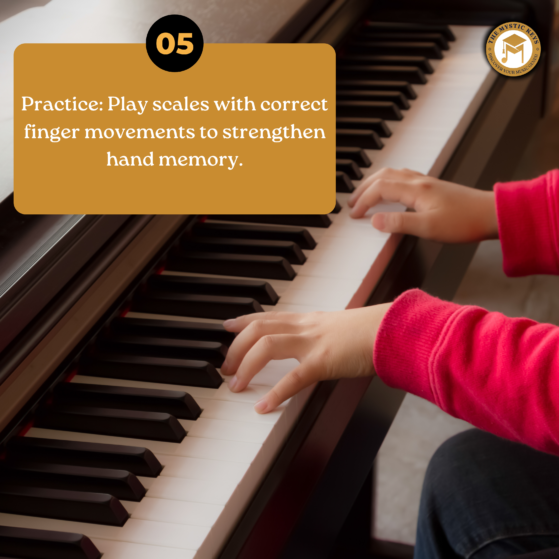
The best way to strengthen your hand memory and master finger placement is by practicing scales regularly. Start with the C major scale, using the following finger pattern:
For your right hand, play C, D, E with fingers 1, 2, and 3. Then cross your thumb (1) under to play F, G, A, B, C.
For your left hand, reverse the pattern starting with your pinky (5) on C and moving through fingers 4, 3, 2, and 1.
At The Mystic Keys, we encourage students to practice scales daily. This not only reinforces correct finger placement but also builds speed, coordination, and muscle memory over time.
Conclusion – Perfecting Finger Placement at The Mystic Keys
Mastering finger placement is key to unlocking your potential as a pianist. By understanding finger numbering, maintaining the correct hand position, and practicing scales, you’ll build the speed and precision necessary for playing more advanced pieces. At The Mystic Keys, we focus on helping students develop strong fundamentals, ensuring a smooth and enjoyable learning experience.
With regular practice and guidance from our experienced instructors, you’ll soon find yourself navigating the keyboard with ease and confidence. Keep practicing, and your progress will be music to your ears!


